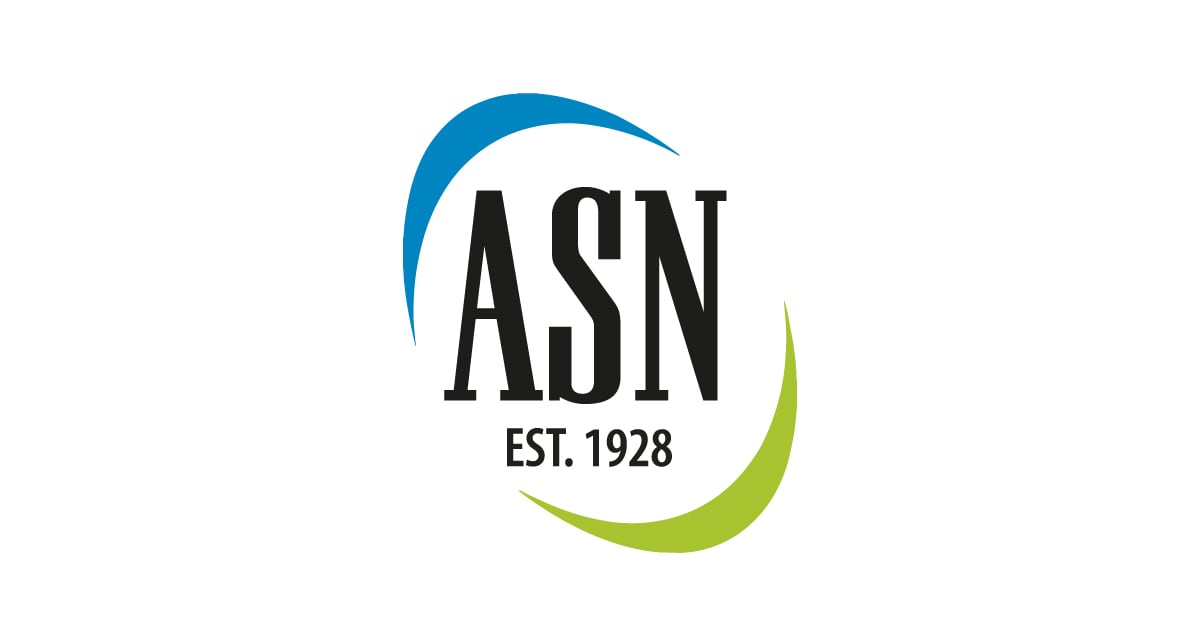By: Mary Scourboutakos
Presently in America breastfeeding rates are sub-par.
While the World Health Organization recommends exclusive breastfeeding for up to six months of age, with continued breastfeeding alongside complementary foods up to two years of age or beyond—in the US 79% of mothers initiate breastfeeding, but only 22% exclusively breastfeed to six months and only 27% are still breastfeeding (non-exclusively) at two years postpartum.1 Meanwhile in countries like Sri Lanka, 83.1% of mothers are still breastfeeding their children two years post-partum.2
But when you consider current rates of breastfeeding (see above!), clearly this approach isn’t working. Nevertheless, there may be a presently unexplored way to promote breastfeeding…
But how long is long? And by how much does risk decrease? In terms of breast cancer, research from China has shown that women who breastfeed for more than 24 months per child cut their risk for breast cancer in half, compared to women who breastfed for only one to six months.10 Furthermore, dose-response curves for risk of diabetes show an inverse relationship with lifetime duration of breastfeeding, which suggests that the longer you breastfeed for, the lower your risk is.15
So, my unsolicited piece of advice for public health agencies is…if you’re trying to improve rates of breastfeeding, never mind touting the benefits for the baby, maybe try promoting the benefits for the Mom!
REFERENCES



